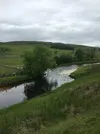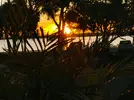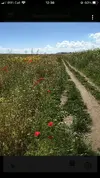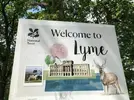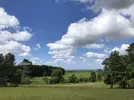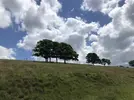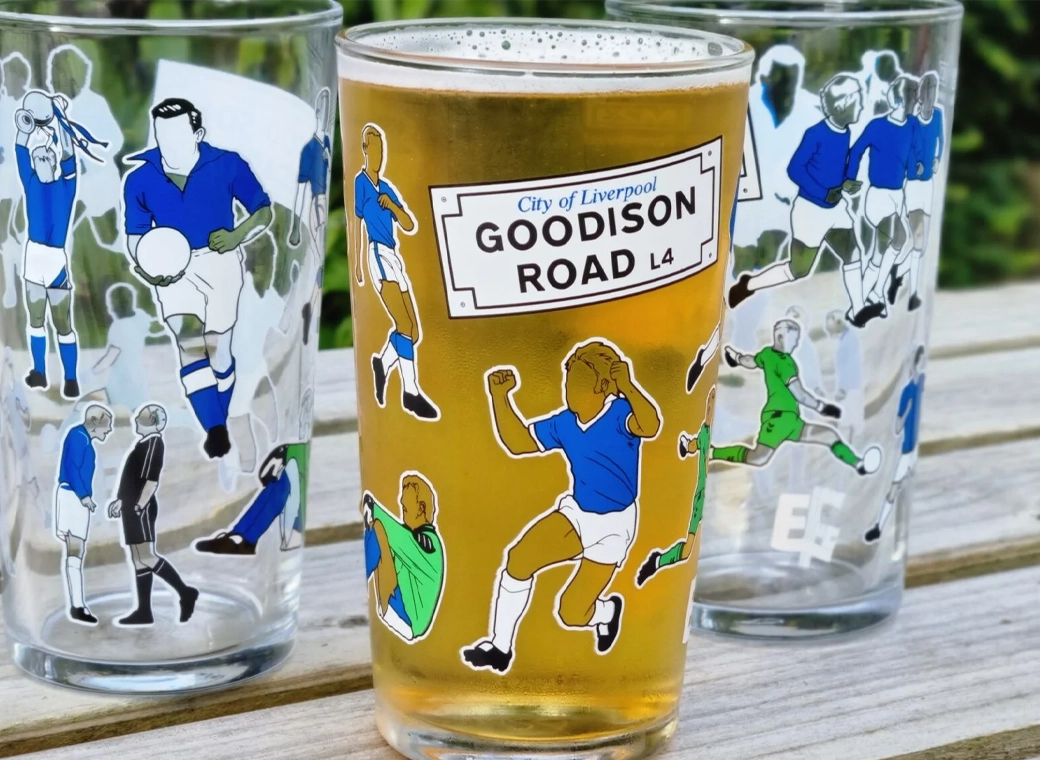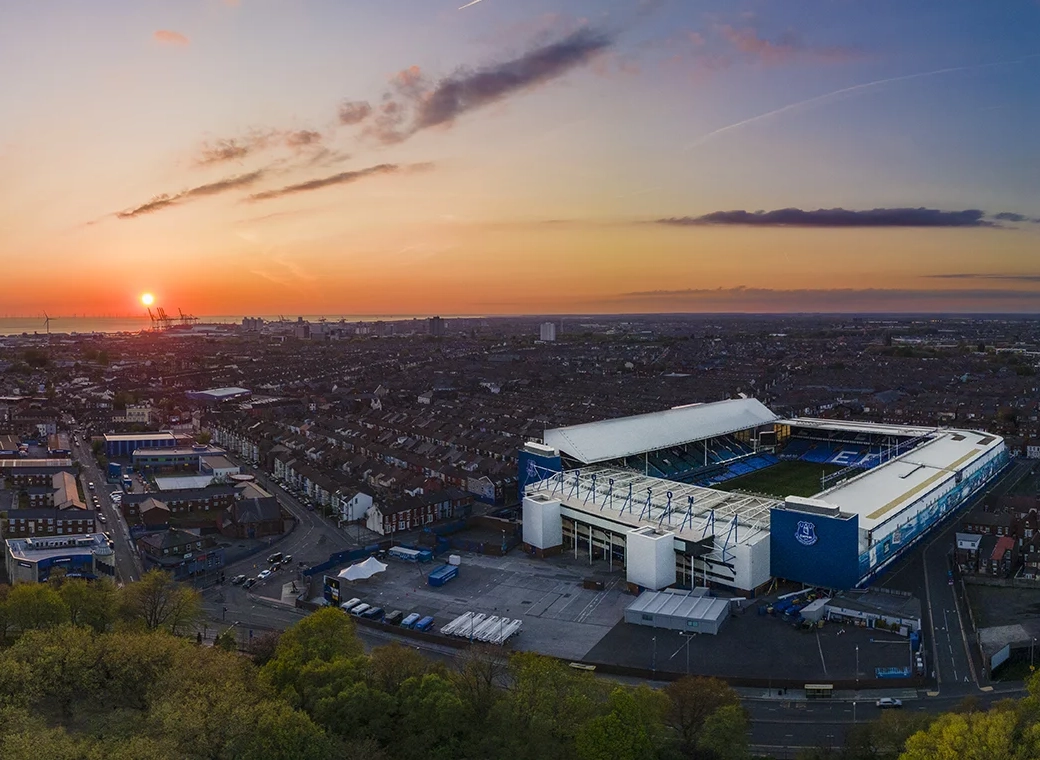You are using an out of date browser. It may not display this or other websites correctly.
You should upgrade or use an alternative browser.
You should upgrade or use an alternative browser.
Boss photos you've taken
- Thread starter chicoazul
- Start date
Noisy noise annoys
Player Valuation: £70m
Is this Britains smallest Abbey:
Cockersand Abbey is a ruined 12th-century Premonstratensian monastery on a headland overlooking the estuary of the River Lune south of Heysham. The abbey was founded in 1180 as a simple hermitage but was raised to the status of a fully-fledged abbey 10 years later in AD 1190.
In 1180 this lonely spot housed a hermitage occupied by Hugh Garth, known as 'a hermit of great perfection'. Garth's reputation as a holy man prompted the foundation of a hospital to care for sick people, including lepers. A decade later the hospital was enlarged to become a priory. The priory attracted enough endowments that it was raised to the status of an abbey. The abbey was dissolved in 1539. The only significant relic is the still intact, vaulted chapter house which was built in 1230 and used as a family mausoleum by the Daltons of Thurnham Hall during the 18th and 19th centuries. It is a Grade I listed building and Scheduled Ancient Monument.
The chapter house is open to the public on special occasions such as Heritage Open Days. A partial excavation took place in 1923-27. The results of the excavation are recorded in Lancaster Archaeological and Historical Society's journal 'Contrebis' Vol. 3 Issue 1 1975.
YouTube says: Copyrighted content has been detected in your video 'Cockersands Abbey'. As a result, your video can no longer be monetised and has been blocked in 2 territories. The copyright owner may be either monetising it or receiving analytics about it in other territories. This is not a copyright strike and does not affect your channel.
If you can't watch it, please accept my apologies!
Paul.
Plover Scar Lighthouse & Hitchcock's "The Birds" !
On the south edge of the Morecambe Bay near Glasson Dock, at the mouth of the river Lune sits a modest but beautiful Plover Scar Lighthouse. Built in 1847 it has seen better days but still makes an enjoyable visit it and is the subject of many photos.The lighthouse consists of an 8-metre-high (26 ft) white conical stone tower, with a black lantern and twin galleries, built on a rock ledge that is uncovered at low tide.
With a focal height of 6m above sea level, the light can be seen for six nautical miles. Its light characteristic is made up of a flash of white light every two seconds.The lighthouse was built in 1847, as the lower light of a pair of leading lights, and is therefore also called the front or Low Light. The rear or High Light, known as Cockersand Lighthouse, once stood next to the Abbey Lighthouse cottage on Slack Lane. It was a square wooden tower supported by angled wooden struts. The leading lights helped ships navigate into the Lune estuary, to reach Glasson Dock and then onwards via the Lancaster Canal to the port of Lancaster, with Plover Scar marking the rocky outcrop at the edge of the deep water channel into the estuary. Both lighthouses were equipped with a pair of paraffin lamps mounted in parabolic reflectors, each displaying fixed light seawards. In the early 1950s electric lamps replaced the oil lanterns; at the same time the wooden High Light was replaced by a metal framework tower. By the end of the decade the lights were fully automated; the High Light was deactivated some time after 1985 but Plover Scar remains active.
Prior to automation the lighthouse keepers and their families lived in the lighthouse cottage next to the Cockersand lighthouse. Originally the accommodation was incorporated into the base of the lighthouse structure, but was later replaced by the cottage that still stands today. The keepers maintained both lighthouses, walking across to Plover Scar at low tide. The Raby family kept the lights for nearly a century, until 1945 when it was taken over by the Parkinson family. Mrs Parkinson was filmed maintaining the lights in 1948 by the British Pathé news organisation.
In March 2016, the lighthouse was badly damaged when it was struck by a passing commercial vessel, which was navigating its way at night to Glasson Dock. The collision dislodged the upper part of the tower, and although the light continued to operate, substantial reconstruction of the tower was deemed necessary. The subsequent repairs which started in September 2016 meant the stone tower had to be partially dismantled, with the lantern removed for renovation. Over 200 stone blocks from the dismantled tower were taken to a work site on the beach and numbered so that they could be reused when the light was rebuilt. The works also revealed that an extra outer layer of stones had been built around the tower, which had been added in 1856 to create an outer walkway. Although the works were delayed by various factors, they were finally completed in May 2017.
Paul.
On the south edge of the Morecambe Bay near Glasson Dock, at the mouth of the river Lune sits a modest but beautiful Plover Scar Lighthouse. Built in 1847 it has seen better days but still makes an enjoyable visit it and is the subject of many photos.The lighthouse consists of an 8-metre-high (26 ft) white conical stone tower, with a black lantern and twin galleries, built on a rock ledge that is uncovered at low tide.
With a focal height of 6m above sea level, the light can be seen for six nautical miles. Its light characteristic is made up of a flash of white light every two seconds.The lighthouse was built in 1847, as the lower light of a pair of leading lights, and is therefore also called the front or Low Light. The rear or High Light, known as Cockersand Lighthouse, once stood next to the Abbey Lighthouse cottage on Slack Lane. It was a square wooden tower supported by angled wooden struts. The leading lights helped ships navigate into the Lune estuary, to reach Glasson Dock and then onwards via the Lancaster Canal to the port of Lancaster, with Plover Scar marking the rocky outcrop at the edge of the deep water channel into the estuary. Both lighthouses were equipped with a pair of paraffin lamps mounted in parabolic reflectors, each displaying fixed light seawards. In the early 1950s electric lamps replaced the oil lanterns; at the same time the wooden High Light was replaced by a metal framework tower. By the end of the decade the lights were fully automated; the High Light was deactivated some time after 1985 but Plover Scar remains active.
Prior to automation the lighthouse keepers and their families lived in the lighthouse cottage next to the Cockersand lighthouse. Originally the accommodation was incorporated into the base of the lighthouse structure, but was later replaced by the cottage that still stands today. The keepers maintained both lighthouses, walking across to Plover Scar at low tide. The Raby family kept the lights for nearly a century, until 1945 when it was taken over by the Parkinson family. Mrs Parkinson was filmed maintaining the lights in 1948 by the British Pathé news organisation.
In March 2016, the lighthouse was badly damaged when it was struck by a passing commercial vessel, which was navigating its way at night to Glasson Dock. The collision dislodged the upper part of the tower, and although the light continued to operate, substantial reconstruction of the tower was deemed necessary. The subsequent repairs which started in September 2016 meant the stone tower had to be partially dismantled, with the lantern removed for renovation. Over 200 stone blocks from the dismantled tower were taken to a work site on the beach and numbered so that they could be reused when the light was rebuilt. The works also revealed that an extra outer layer of stones had been built around the tower, which had been added in 1856 to create an outer walkway. Although the works were delayed by various factors, they were finally completed in May 2017.
Paul.
Daytripper
Player Valuation: £40m
St Peter's Church is in the village of Scorton, Lancashire, England. It is an active Anglican parish church in the deanery of Garstang, the archdeaconry of Lancaster and the diocese of Blackburn. Its benefice is united with those of All Saints, Barnacre, and St John the Evangelist, Calder Vale. The church is recorded in the National Heritage List for England as a designated Grade II listed building. Its spire is a landmark near the M6 motorway.
The church was built in 1878–79 for the Ormrod family of Bolton and Wyresdale Hall. The architects were Paley and Austin of Lancaster, and the church cost £14,000. It provided seating for 250 people.
St Peter's is constructed in sandstone rubble, with tiled roofs and a shingled spire. Its plan consists of a nave and a chancel under a continuous roof, a north aisle, a south porch, and a west tower surmounted by a broach spire. The tower has diagonal buttresses, a stair projection on the south side, a doorway on the north side, and a three-light west window with a pointed head.
On the north side of the church is a lychgate dating from the same time as the church, and probably designed by the same architects as the church. It is constructed in oak on a sandstone base, and has a red tiled roof. It is listed at Grade II.The lych gate was renovated in 1988.
Paul.
St Helen's Church is an Anglican church in the village of Churchtown in Lancashire, England. Historically, it was the parish church of Garstang; today, as Garstang is split into more than one ecclesiastical parish, St Helen's parish is Garstang St Helen (Churchtown). It is in the Diocese of Blackburn. It has been designated a Grade I listed building by English Heritage. St Helen's is known as the "cathedral of The Fylde".
Historically, the village of Churchtown (once known as Kirkland) was part of the ecclesiastical parish of Garstang, with St Helen's as the parish church. The oldest parts of the church date from the 13th century, these are the piers and responds in the chancel, and the arch piers in the nave.t Helen's is constructed in the Perpendicular style of rubble with ashlar dressings. Its plan consists of a clerestoried nave with aisles to the north and south, a chapel and porch to the south, a tower to the west, and a chancel, which has north and south aisles and a north vestry.
The roofs are low-pitched. The chapel and aisles have a plain ashlar parapet.The west tower has six stages. It has angled buttresses on the west side and a crenellated parapet. There is a turret on its north-east corner, which has a spire. The belfry louvres have trefoiled two-light openings with square heads. There is also a small, square window at the level of the bell-ringing chamber. The north wall of the tower has a clock.
Dunsop Bridge Trout Farm Ltd was established in 1926 and as such is one of the few older trout farms in the country.
Managing Director Phil Mart, started as a farm labourer in 1982 at 18 years old, working his way up to foreman and later became farm manager. In year 2000 he moved to Dunsop Trout Farm as the farm manager.
In 2011 with the help and support from his business partner, Mr Dave Jones, they purchased Dunsop Bridge Trout Farm . In 2019 the business of Costa Springs and Sinnington Trout Farms were purchased to allow them to expand.
My thanks to Phil for letting me fly there and produce this video.
Paul.
Managing Director Phil Mart, started as a farm labourer in 1982 at 18 years old, working his way up to foreman and later became farm manager. In year 2000 he moved to Dunsop Trout Farm as the farm manager.
In 2011 with the help and support from his business partner, Mr Dave Jones, they purchased Dunsop Bridge Trout Farm . In 2019 the business of Costa Springs and Sinnington Trout Farms were purchased to allow them to expand.
My thanks to Phil for letting me fly there and produce this video.
Paul.
Dunsop Bridge Trout Farm Ltd was established in 1926 and as such is one of the few older trout farms in the country.
Managing Director Phil Mart, started as a farm labourer in 1982 at 18 years old, working his way up to foreman and later became farm manager. In year 2000 he moved to Dunsop Trout Farm as the farm manager.
In 2011 with the help and support from his business partner, Mr Dave Jones, they purchased Dunsop Bridge Trout Farm . In 2019 the business of Costa Springs and Sinnington Trout Farms were purchased to allow them to expand.
My thanks to Phil for letting me fly there and produce this video.
Paul.
There’s a trail run I was looking at there Paul, what’s the terrain like ?

